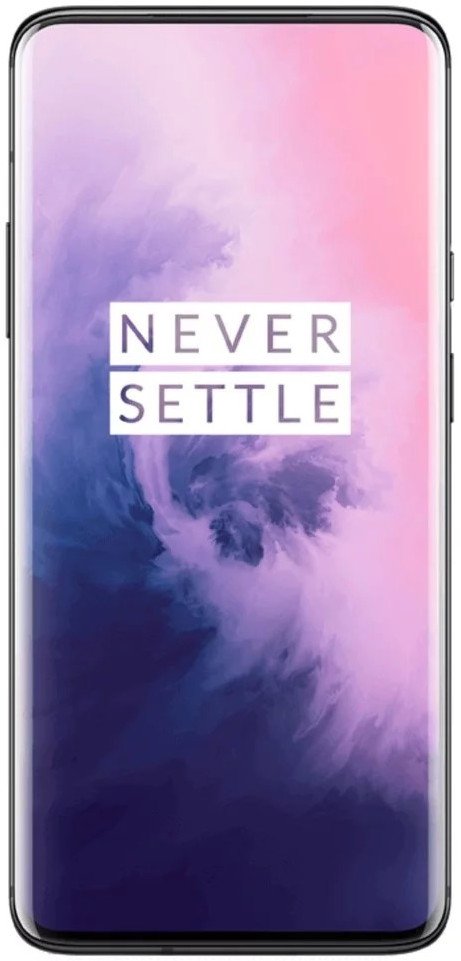The delays in features and DxOMark software are due to a small team and limited resources.
What you need to know
- OnePlus has an 80 person camera team and it's currently hiring additional staff.
- Delayed features are due to limited resources.
- You can only take RAW photos in 12MP because it provides better quality than at 48MP.
Recently, the folks over at GSMArena took a trip to Taipei, Taiwan to visit the OnePlus camera lab. While they were there, they took some time to interview the Image Product Manager, Zake Zhang, and got some details on the future of imaging at OnePlus. Here are some of the insights from that interview.
Zhang confirmed the camera team at OnePlus consists of 80 people stationed in Taipei, Shenzhen, Beijing, Nanjing, and Hyderabad. He also said the team is currently expanding, hiring people in Taipei and Shenzhen.
The team was formed to put more emphasis on cameras starting with the OnePlus 7 Pro. Previously, OnePlus did not put much emphasis on the camera, but that has now changed.
The OnePlus 7 Pro was the first device where we decided we should go all in and compete with the real flagships on camera. Pete [Lau] set up a goal for the team to create the best camera on any smartphone.
Zhang also revealed that it can take almost half a year to get the camera ready initially. This involves getting the hardware working properly, figuring out stabilization, how to get multi-frame images and merge them together, and how to de-noise the resulting image.
After all of that has been completed, the camera undergoes multiple rounds of tuning, requiring taking photos "in over 1000 scenes in different locations." Once this is all finished, "they tune again and the process repeats itself until the product launch."
When asked why the OnePlus 7 Pro wasn't released with the software used during the DxOMark testing, Zhang replied:
The firmware that was submitted to DxO for testing was incorporated into the firmware that our first customers received in their retail units. As we make improvements and updates to our software, we constantly update the version our devices ship with from the factory – so currently all devices ship with the latest software version.
One of the most requested and anticipated features of the OnePlus 7 Pro's camera is video recording with the ultra-wide-angle and telephoto lenses. We know these features are on the way, and Zhang confirmed the reason for the delay is due to limited resources.
On the topic of Nightscape mode, he revealed there are two different modes. One is for handheld night photos which is detected by phone movement and will take photos with 2-3 second exposures and merge them. Nightscape mode, on the other hand, will activate if it detects the phone is on a tripod, and take multiple images with short, medium, and long exposures up to 40 seconds and then combine them.
When asked if we can expect Nightscape on the wide and telephoto lenses in the future, Zhang replied, "We are working on bringing the Nightscape feature to the other cameras in a future update."
If you've ever wondered why you can't take 48MP RAW photos while in Pro mode on the OnePlus 7 Pro, according to Zhang, the quality is much better at 12MP and they want Pro photos to have the best quality.
With the Pro mode we want the best quality images and we noticed with this sensor 48MP did not yield the best results, especially in low light. So we decided to stick to 12MP and use the pixel binning technology to get the best out of the sensor.
In regards to filming above 1080p on the front-facing camera, he disclosed the selfie camera has not been something the team has focused on heavily, but they will improve it on future products.
When it comes to wide color capture and HDR video, Zhang remarked how it's easy for Apple to implement wide color capture because all of its devices feature wide color support. The challenge for OnePlus is that, without wide color support on a wide range of devices, it cannot guarantee the photos will look good when viewed on other displays.
HDR video is a similar story, as Zhang puts it:
the current HDR video implementation on other smartphones is not ideal, especially when you send the HDR video to another device where it can cause an issue if the other device does not support HDR. So we are focusing on improving the video quality but also maintaining compatibility. We will consider it when we think it's the right time to introduce this to the audience.
They closed out the interview discussing why there have been so many camera-related updates recently, instead of being included before the launch. The main reason according to Zhang, is again, the limited resources, as well as the strict test engineers that won't allow a feature to be released until it is working well.
Get More OnePlus 7
OnePlus 7 Pro





0 Response to "You Can See More: OnePlus Image Product Manager talks OnePlus 7 Pro in new interview"
Post a Comment